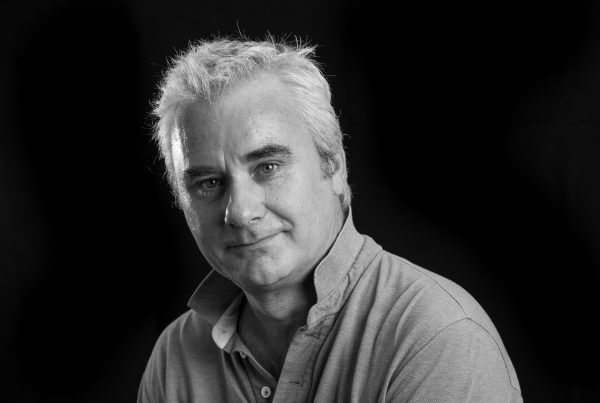Ángel Raya is an ICREA Research Professor at the Center of Regenerative Medicine in Barcelona (CMRB). He obtained his MD in 1990 from the University of Valencia, Spain and a PhD degree from the same university in 1995 for studies carried out at the Department of Physiology and at the Department of Neurology, Mayo Clinic, Rochester, MN. He pursued postdoctoral training at the Instituto de Investigaciones Citológicas (currently, Centro de Investigación Príncipe Felipe) in Valencia, from 1995-2000. He then was a Research Associate (2000-2004) and a Senior Research Associate (2004-2006) in the Gene Expression Laboratory of the Salk Institute for Biological Studies, La Jolla, CA. He returned to Spain in 2006 and was the Scientific Coordinator at the CMRB until 2009, when he joined the Institute for Bioengineering of Catalonia (IBEC) as Group Leader of the Control of Stem Cell Potency group. In 2014 he was appointed Director at CMRB.
